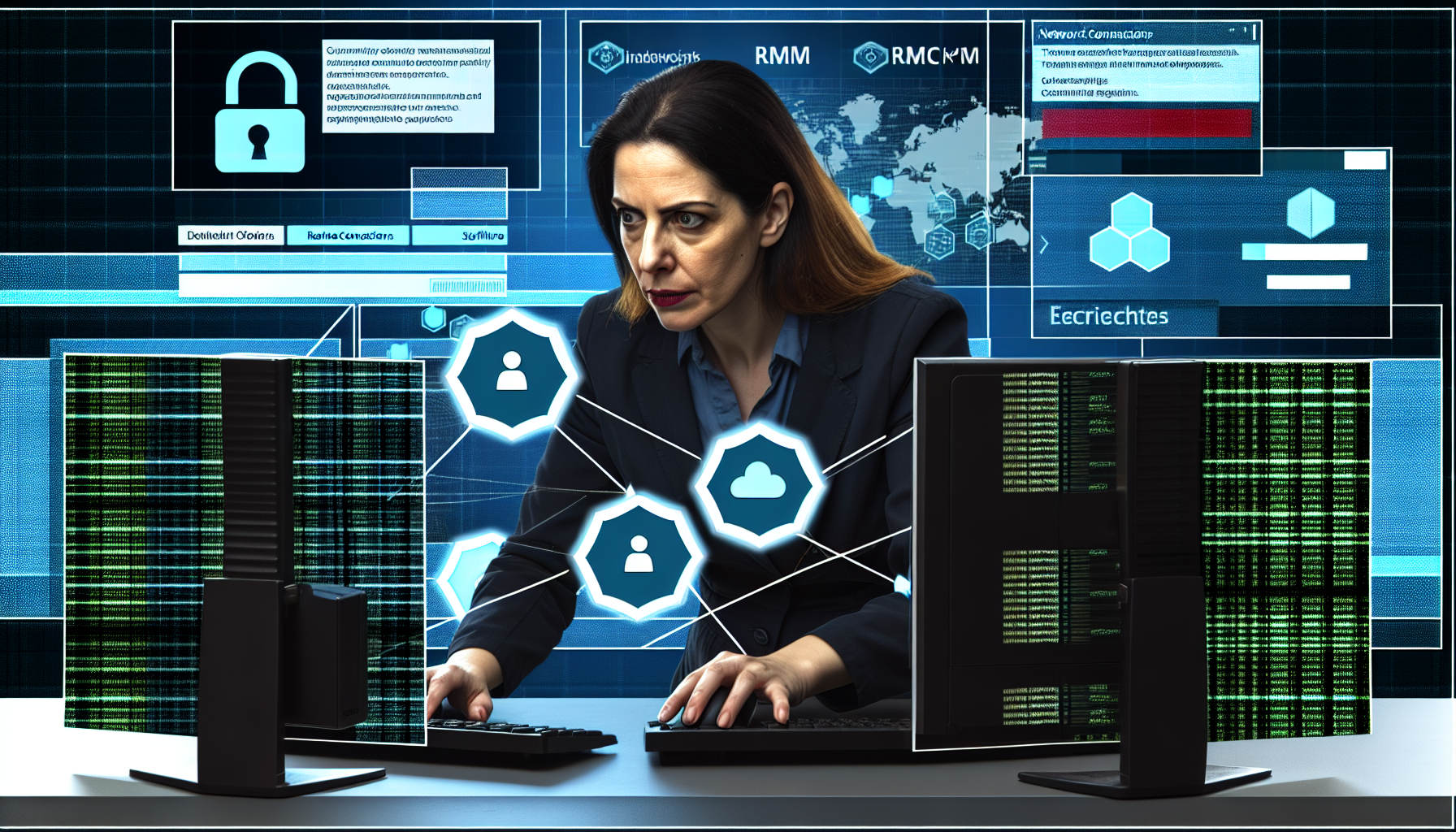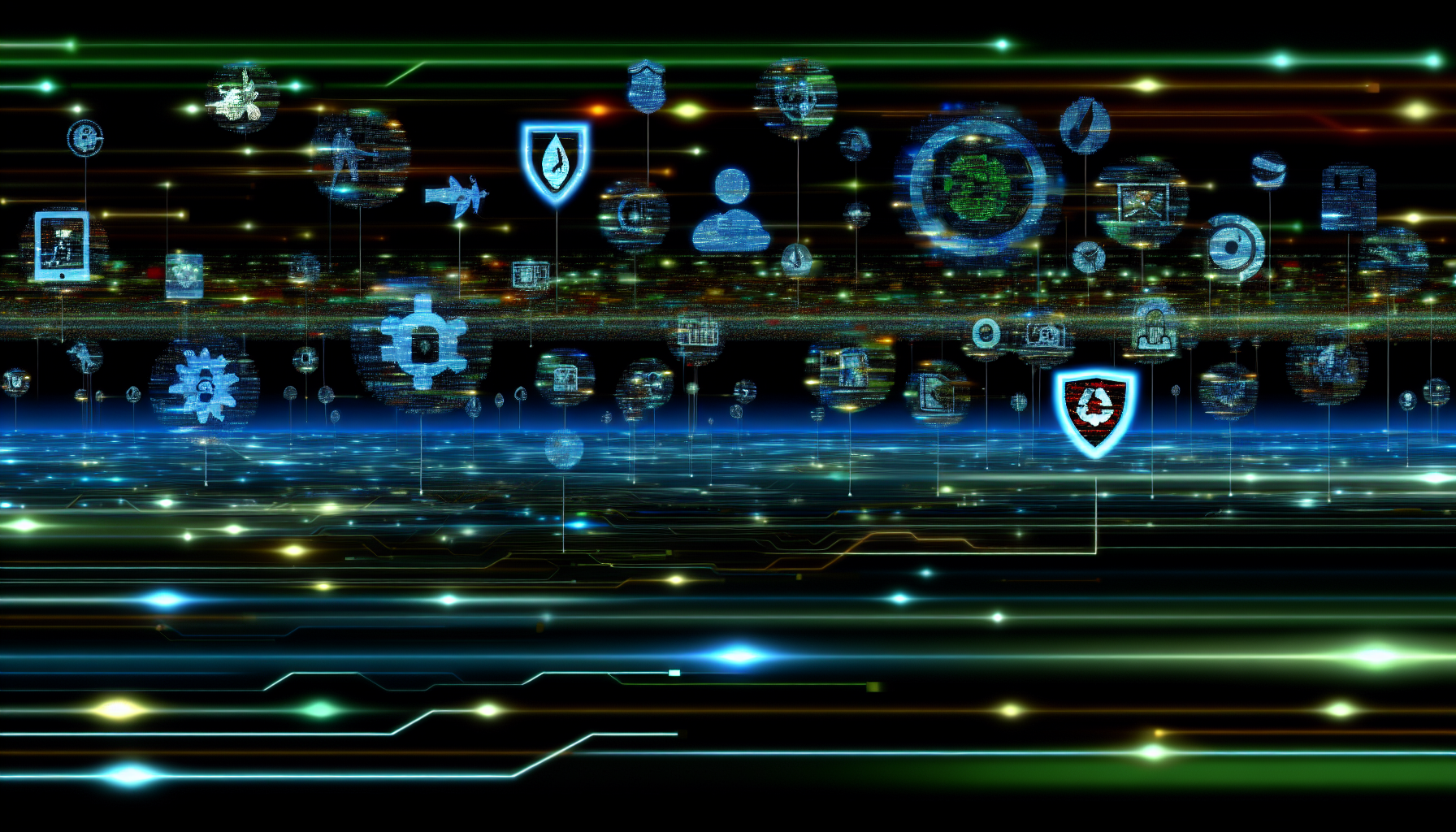In today’s rapidly evolving cyber landscape, threat actors are continuously adapting their tactics to exploit new vulnerabilities. A recent intelligence report highlights a significant shift in cybercriminal strategies, with remote monitoring and management (RMM) tools becoming the preferred initial access vector for many attackers. This trend is particularly concerning as it marks a departure from traditional malware loaders and botnets, which have long been the primary means of gaining unauthorized access to systems.
The report, published by Eric Ford on March 11, 2025, underscores the growing threat posed by RMM tools. These tools, designed to manage and monitor IT infrastructure remotely, are increasingly being weaponized by cybercriminals. This shift is likely driven by law enforcement crackdowns on traditional malware distribution networks, forcing attackers to seek alternative methods for infiltrating target systems.
RMM tools offer several advantages to threat actors. Firstly, they provide a legitimate cover for malicious activities, making it harder for security teams to distinguish between authorized and unauthorized access. Secondly, RMM tools often have extensive permissions within the network, allowing attackers to move laterally with ease once they gain initial access. This capability makes RMM tools a powerful weapon in the hands of cybercriminals.
The report identifies several key indicators of compromise (IOCs) associated with this new threat vector. These include unusual remote connections, unexpected software installations, and anomalies in network traffic patterns. Security teams should be vigilant for these signs, as they may indicate that an attacker has gained access to the system using RMM tools.
To mitigate the risks posed by this emerging threat, organizations should implement a multi-layered security strategy. This includes regular monitoring of remote connections, strict access controls, and continuous updating of security protocols. Additionally, organizations should consider implementing advanced threat detection technologies that can identify and respond to unusual activities in real-time.
It is also crucial for organizations to stay informed about the latest cyber threats and trends. Regular training sessions for employees on recognizing phishing attempts and other social engineering tactics can significantly reduce the risk of unauthorized access. Furthermore, organizations should conduct regular security audits and penetration testing to identify and address potential vulnerabilities in their systems.
In conclusion, the increasing use of RMM tools as an initial access vector by cybercriminals presents a significant challenge for organizations worldwide. However, with proactive security measures and continuous vigilance, it is possible to mitigate these risks effectively. Organizations should prioritize regular monitoring, strict access controls, and advanced threat detection technologies to protect their systems from this evolving threat.
For additional information on this topic, please refer to the external references provided in the report:
https://otx.alienvault.com/pulse/67d083ae81faa576b4adf45b
https://www.proofpoint.com/us/blog/threat-insight/remote-monitoring-and-management-rmm-tooling-increasingly-attackers-first-choice
Please check the following page for additional information:
https://www.proofpoint.com/us/blog/threat-insight/remote-monitoring-and-management-rmm-tooling-increasingly-attackers-first-choice
Discover more from ESSGroup
Subscribe to get the latest posts sent to your email.





